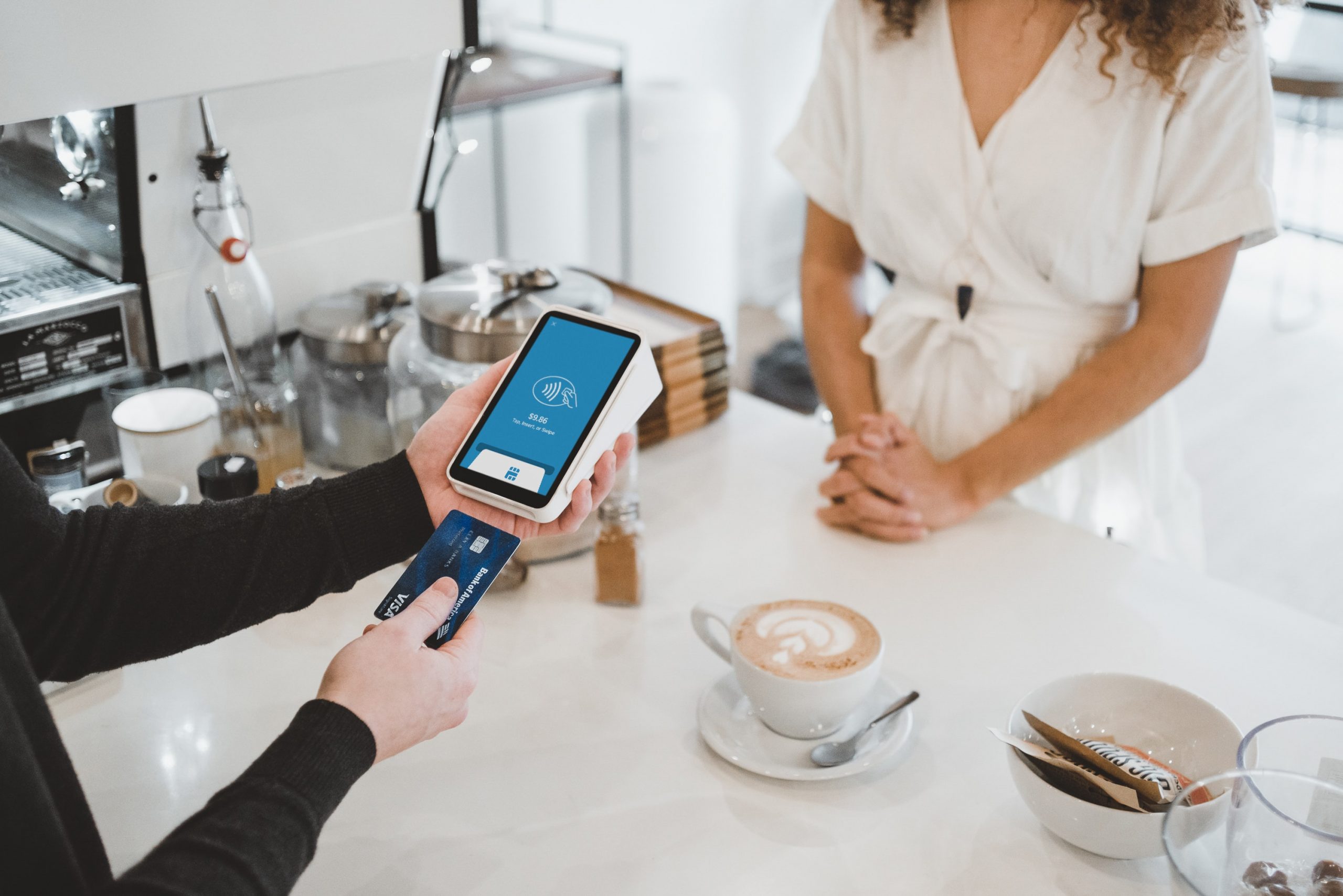Let’s check the article on how the trends are shaping the future of eCommerce? As we can see the size of the eCommerce market shows no signs of slowing down.
Technology innovations, scalability, and internet reliance have grown steadily and boomed during the global pandemic of COVID-19, allowing businesses to work on improved online experiences.
The future of eCommerce is projected to reach up to 31% of sales by 2026, an over 20% hike.
As brick-and-mortar stores close and customers prioritize convenience for a more effortless shopping experience, there are specific trends your business should look for and take advantage of to ensure lasting success.
Some of the latest trends shaping the future of eCommerce
Artificial Intelligence/Augmented Reality (AI/AR)
Machine learning continues to evolve, and complex AI algorithms look at user behavior, preferences, interests, and responses. Though AR is a different type of technology than AI, the two work together to help boost your conversion rates by understanding patterns within your target audience.

The customer experience should always be at the forefront of your business. With AI and AR tools, you can create AR environments that are more personalized.
As a result, your brand can tap into details regarding your prospective customer’s trends and put forth marketing efforts that understand and relate to the customer, ultimately resulting in click-through purchases and increasing your business profitability.
Video Marketing
If your brand is not already using video, you need to work with your Marketing team to initialize video campaigns and advertisements immediately.
A growing number of consumers say they prefer video to reading content to learn more about a business. Technology and automation have many tools that help to host and share videos for your business strategy.

From a “how to use” video to animation, or even setting up a Livestream can skyrocket engagement and has the potential to reach millions of interested customers.
If your team is not equipped for digital marketing with video, you should look to hire out. Many businesses specialize in media and can provide digital programmatic ad examples that your brand can use to boost conversion rates.
Omnichannel Shopping
Omnichannel shopping is where your business integrates all your channels with digital and brick-and-mortar. As a result, you can supply your potential customers with a more seamless shopping experience.
Your brand should utilize an omnichannel platform so that you can reach your customers in many different locations. Then, you have the ability to expand your message, reach, and improve customer satisfaction.

For example, if you switch between looking at a laptop and then going on a mobile phone and using a smart TV, you are using different channels.
The consistency your brand creates across all those platforms will increase engagement and make things less complex for users, who can access and purchase from any device.
Influencer Marketing
Influencers who help promote your brand don’t have to be well-known, but they should be relatable and demonstrate how well your product or service helps them.
Businesses need to understand how to reach the right people, and consumers tend to trust influencers when making buying decisions.

An excellent example of this is Lancome. They partnered with beauty influencer Chiara Ferragni to Livestream a live event that attracted almost 50k viewers, with over 2K in engagement comments.
Payment Options and Dynamic Pricing
Price is always going to be a crucial factor in whether someone purchases. Interest-free wallets are becoming more popular because they allow consumers to feel better when buying by providing flexible payment options and low risk on credit scores.
Some major brands have partnered with wallets like Afterpay and Affirm, such as Bed Bath and Beyond and Amazon. Retailers and wallets help your business and provide more certainty for the buyer.

There are other methods of payment options that can help make things easier as well. Dynamic pricing allows businesses to offer products at varying prices according to market conditions.
As a result, brands benefit from maximized profit margins with this automation technique and eCommerce strategy. Amazon is the perfect example of dynamic pricing.
SEO and Analytics
Search engines still provide users with the quickest way to find what they need, so understanding Search Engine Optimization (SEO) and user analytics are essential for eCommerce.
Users can’t always articulate or type out precisely what they are looking for, so your Marketing teams must have a good understanding of the customers they want and the language or content they will use to do their search.

Analytics is the best way to understand customer and market trends to cater to your audience in future launches, events, products, and more.
Gather as much information as possible, review and analyze the data to further understand shifts in behavior and interest, to help provide your organization with well-informed decisions to drive more sales.
eCommerce Expansion
Companies need to work and build for the future. eCommerce leaders understand that prioritizing customer feedback and need and creating a business strategy to incorporate trends is necessary.
In addition, experimentation may be necessary to understand what will work best. It can be beneficial to look at competitors in your industry who dominate in eCommerce to see what tools and trends are being implemented.
Brands that understand and utilize these opportunities will help drive increased engagement, sales, and profitability.
So, that was much about “Trends Shaping the Future of eCommerce” for any queries or doubts reach out to us at [email protected]. You can also raise a ticket at our HelpDesk System.



Be the first to comment.